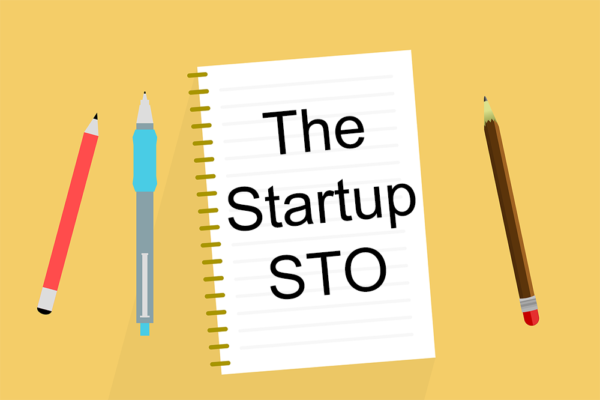
Security Token Offerings can be a very efficient method to finance a startup. Considering my experience that I gathered through various STOs, I want to share both the positive sides, but also depict, when a STO does not make sense.
Everything described in this post is my personal Opinion. No financial advice, no legal advice.
What is a Security Token Offering for a startup?
With a Security Token Offering, a startup can raise funds to finance the operation of the company and grow. Why shall a startup consider a STO if there are so many traditional and long-established forms of fundraising available on the market?
The startup can tokenize the shares of the company. This would mean that a digital representation of those shares is created. This representation exists on a Blockchain and every unit of it is called a token. Compared to classical fundraising, this allows the startup to move the company shares fully digitally. In most cases without any intervention of a bank.
Hence, creating and selling a token that represents your company shares is pretty similar to going public (IPO) on a stock exchange. However, with security tokens, this can be achieved much faster, cheaper and with less effort. While the IPO on stock exchanges is preserved for very few and grown-up companies, a security token can be issued by startups in earlier phases – even right after collecting the first seed capital.
An STO as a digital and better IPO for startups?
An STO can be seen as the light version of an IPO on stock exchanges that enables much more startups to go public early on and collect investments from investors worldwide.
The main reason for that is the fact that many intermediaries are removed from the issuance process and the focus on tokenized and digitized shares enable huge efficiency gains. With fewer costs arising for executing such funding rounds, it is also possible to conduct smaller funding rounds.
However, there are more ways of leveraging an STO to finance a startup. In addition to giving out tokenized equity, startups can also tokenize stock options for their employees, collect mezzanine capital or make use other forms of debt capital.
Why you should conduct a STO for your startup
Cheap access to capital
International investors
Having tradable shares of equity
Reduced notary costs
Potentially higher liquidity for investors
Marketing effects when customers invest into your company
Why you should not conduct a STO for your startup
Still an emerging technology
Early-on regulatory efforts
Lack of secondary markets compared to IPOs
Want to learn everything about security tokens and STOs? Get my book “Assets on Blockchain” – the standard book about security token offerings (STOs) on AssetsOnBlockchain.com
Is an STO the right way to finance my startup?
As expectable, this is a case-by-case decision that needs to be taken. There are many cases in which issuing tokenized shares can help a startup to easily collect capital and grow fast. However, it is not a one-fits-all solution. Depending on the nature of the startup, the targeted markets and the product, it might also turn out that classically collecting capital can be the easier way.
In order to determine whether an STO shall be considered as a method to finance your startup, it can help to define the goals of the fundraising (Is the goal just to collect money or also to build a community or find strategic investors?) and then evaluate every possible option such as Venture Capital, Business Angels, Family investors, financial institutions, Accelerators, etc. In my book Assets on Blockchain, those different types are compared and a detailed process is depicted that should help you to understand the step-by-step process of launching an STO.
How do I launch my Security Token Offering?
Most important is to consciously decide that an STO is an optimal path to collect money. Then, the strategy in terms of the aimed amount of money, the targeted countries and investors, as well as the targeted jurisdiction, can be defined. The financial aspects can be outlined. Putting those results together, the team and the Advisors can then select an issuance platform that fits best and issues the tokens. This process is described in detail in Assets on Blockchain where every single step is explained from the business perspective.
You can schedule a free session with the Max Kops team to dive into the specifics of your project and get my opinion on your startup. Helping companies to benefit of STOs, I can objectively evaluate a project’s fit to the scenario of an STO considering my previous experience. If you are interested, you can schedule your session here:
